Dandori refers to the ability to work effectively within a limited window of time to accomplish a variety of tasks. Players who want to do well in Pikmin 4, the latest installment in Nintendo’s series of RTS puzzlers that dates back to the early GameCube days, will have to master the art. That’s because Pikmin 4 is really big on dandori, and really big in general.
Traditionally, the Pikmin games haven’t been especially large. The first game took somewhere around 20 hours to complete. The second one added half again as much content before the third one scaled things back a bit. Each time around, players could choose where to focus their energy and impact the total required play time. Regardless, the individual titles haven’t been known for lengthy campaigns. Pikmin 4 goes against the trend by offering a campaign that could very well keep players busy for close to 50 hours by the time they see everything and clear every last challenge. It’s quite hefty.
Three times the fun
Gameplay in Pikmin 4 assumes three primary forms, not counting activities in the hub that reveal more of the story and allow players to customize their characters. First, there is the standard map exploration. This primary attraction includes sprawling overworld environments and more confined sublevel regions. There also are night exploration sequences. And finally, there are special dandori challenges. Players can easily skip most of the content in the second and third modes. They’ll miss some neat content if they do, however.
The main maps are a treat to explore. Each one features a unique setting that takes place in and around a cottage and garden located somewhere near the ocean. Lush foliage, sandy beaches, flower gardens, and even the interior of the cottage are beautifully detailed. They’re also populated by the usual insects and critters for which the franchise is known. By Switch standards, environments feel lush and relaxing. They steer clear of obvious technical hang-ups that sometimes impact less polished titles. Sometimes, visibility is poor in cramped spaces (like when the hero wanders under a low shelf or travels behind an obstacle). But in such instances, the camera is easy to adjust to secure a better view.
Finding a safe space
Exploration satisfies not only because everything looks attractive, but because the levels are intricately designed and reward effort. Players might initially encounter a gap they can’t cross, or dangerous areas they can’t roam with a particular sort of pikmin. For instance, they may reach a patch of lawn with a sprinkler running. The solution in this case is to bring along some blue pikmin. They can negotiate the falling water without taking damage. Soon, they will locate a faucet handle they can assemble using raw materials gathered elsewhere. Then they can turn off the sprinkler so their red cohorts have nothing to fear. Every environment presents puzzles of this sort. Clearing them gradually turns treacherous territory into a playground where it is finally safe to secure the collectible treasures.
Pikmin 4 is big on collectibles. There are dozens upon dozens of trinkets to gather. They range from combs to game controllers (in an especially nostalgic twist, there’s even a SNES mouse at one point). Additionally, the bestiary is quite large and there are plenty of materials on hand. Much of the loot is purely optional, provided certain thresholds are met. Even knowing that, it’s hard to resist a playing card perched atop a remote ledge, or an eggplant buried in the sand.
Underground areas tend to provide especially rich exploration, but with bigger risks. Here, players encounter most of the bosses. These include a few returning favorite (and not so favorite) adversaries from previous Pikmin games. Some of the most malicious of these creatures burn through dozens of pikmin in a single careless encounter, but it’s always possible to rewind the clock a bit if things go terribly wrong. Players looking for a substantial challenge can attempt to get through the whole campaign without losing a single one of their pikmin buddies. The game keeps a running tally of the total number lost. Reaching the end with a zero in that column will require true determination.
Added dimension
Like previous games in the series, Pikmin 4 introduces new varieties of pikmin. The most useful addition this time around is the ice pikmin. Tossing a few of them into a pool of water at once freezes it, allowing liquid-averse varieties to safely cross. Ice pikmin can also gang up on larger enemies and temporarily freeze them. Other varieties can take advantage to inflict significant damage in short order. It’s not a bad idea to bring along some of the new guys on most expeditions, especially where water is abundant.
Pikmin 4’s most important addition is Oatchi, a ‘rescue pup.’ Players can switch between their astronaut character and the pup any time they like, or even ride it into battle. It also transports pikmin across puddles. The dog learns the ability to hop, allowing ascent through more vertical areas. Most helpfully, it has a charge attack that proves devilishly effective in combat. And players can upgrade Oatchi to make it more versatile still. It’s possible to fell certain bosses without putting pikmin at risk at all. Oatchi’s inclusion speeds up exploration and impacts nearly every aspect of the game, typically for the better.
Players will spend most of their time clearing standard maps, but there is a new activity known as night exploration. Upon returning to an area on a previous map by nightfall, players must defend nectar-producing hives from invading monsters. Riding Oatchi, players rush around to gather resources as a phase begins, which produces new glowing pikmin creatures to fend off the invading horde. It’s possible to branch out to create decoy hives, or to win by felling every last enemy unit, but there’s risk in those approaches. Ultimately, the integrity of the central hive is paramount. Later maps become quite frantic, with more powerful and numerous enemy units. The mode offers a fresh experience that generates additional resources, but players who don’t enjoy the diversion can safely ignore it outside of a couple of points during the campaign.
Dandori for life
Most of the dandori sequences are similarly optional. They appear where players might expect to find a traditional cave, and consist of timed, one-round battles with unique objectives. For instance, a player might have to collect a certain number of resources within a time limit, or compete to gather more resources than a computer-controlled character in a free-for-all brawl of sorts. The latter example comes up less frequently.
In dandori battles, the game’s laid-back flow falls by the wayside and frantic competition becomes the norm. In many cases, a ‘bomb’ materializes partway through the event. Delivering it to the opponent’s base produces a blast that may turn the tide of the battle, right near its very end. Close matches come down to the wire. Clearly realizing they had something special, Nintendo’s developers added dandori battles to the main menu, so two human players can compete with each other for a change.
With so much to do and see, a strict time limit wouldn’t have made a lot of sense. Pikmin 4 lets players explore the planet as long as they need to in order to see everything. Individual days still pass more quickly than some players might like, however. The more generous pacing works to the game’s benefit, because Pikmin is at its best when players are left to explore and soak in the peaceful vibes. But there is a problem: sometimes, the game just feels too big for its own good.
Bigger isn’t always better
Early in Pikmin 4‘s campaign, the problem isn’t evident. Initial maps offer a finely tuned blend of exploration, combat, item gathering, and puzzles. As the developers work to ratchet up the difficulty and tension (necessary steps), the pace changes. Above ground, the maps feature increasingly fearsome hazards while remaining enjoyable. Players have to consider more carefully their approach to various obstacles, and must consider which pikmin they bring along. The balance remains effective.
Unfortunately, the last dungeon is an absolute slog and the final battle stretches on way too long while forcing the player to flex some real combat muscles. As always, it’s possible to abandon a dungeon run and resume it later with more resources, but that option only does so much to mitigate the repetitive nature of the game’s closing moments. The end game is an unfortunate blemish on a mostly enjoyable overall package, and it’s a shame to see the game’s final moments end on a sour note.
Thanks to some smart additions to its core gameplay (it’s difficult to imagine a future Pikmin game leaving the rescue pup out of the mix), along with some new modes that add variety to an already lengthy campaign, Pikmin 4 is the most complete package the series has offered to date. However, sometimes its longevity works against it. The result is a mostly satisfying experience that hits a few rough patches along the way. Despite those few awkward moments, the experience is well worth having and should delight returning fans and newcomers alike for dozens of hours.

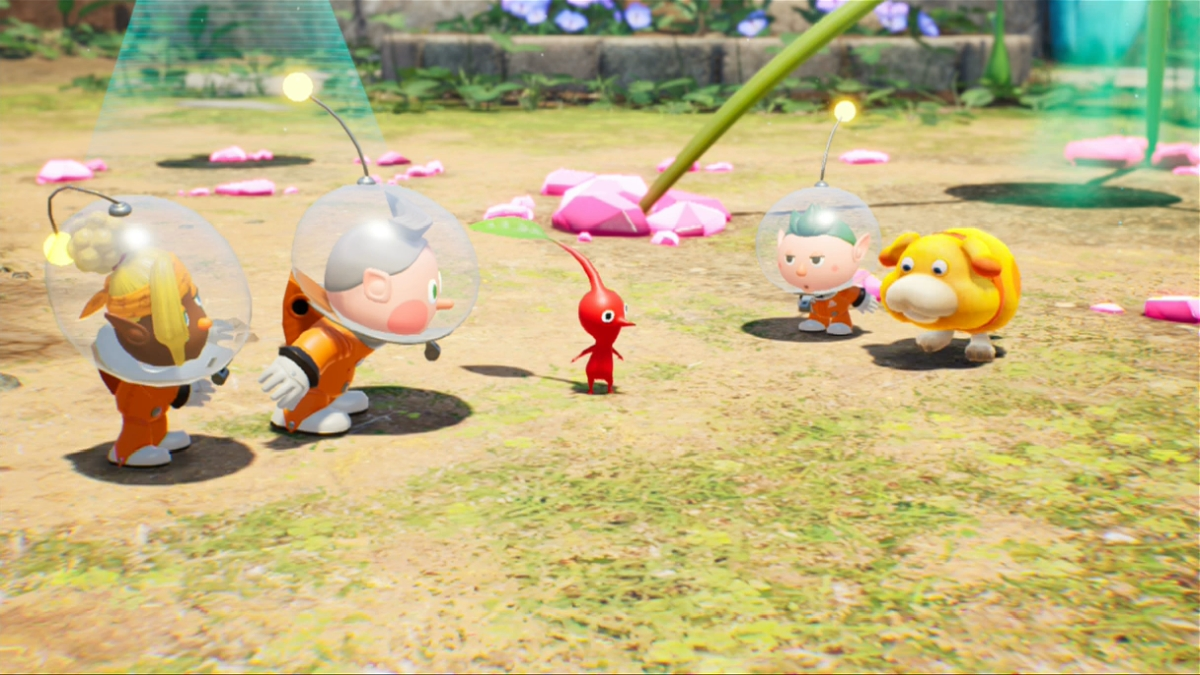
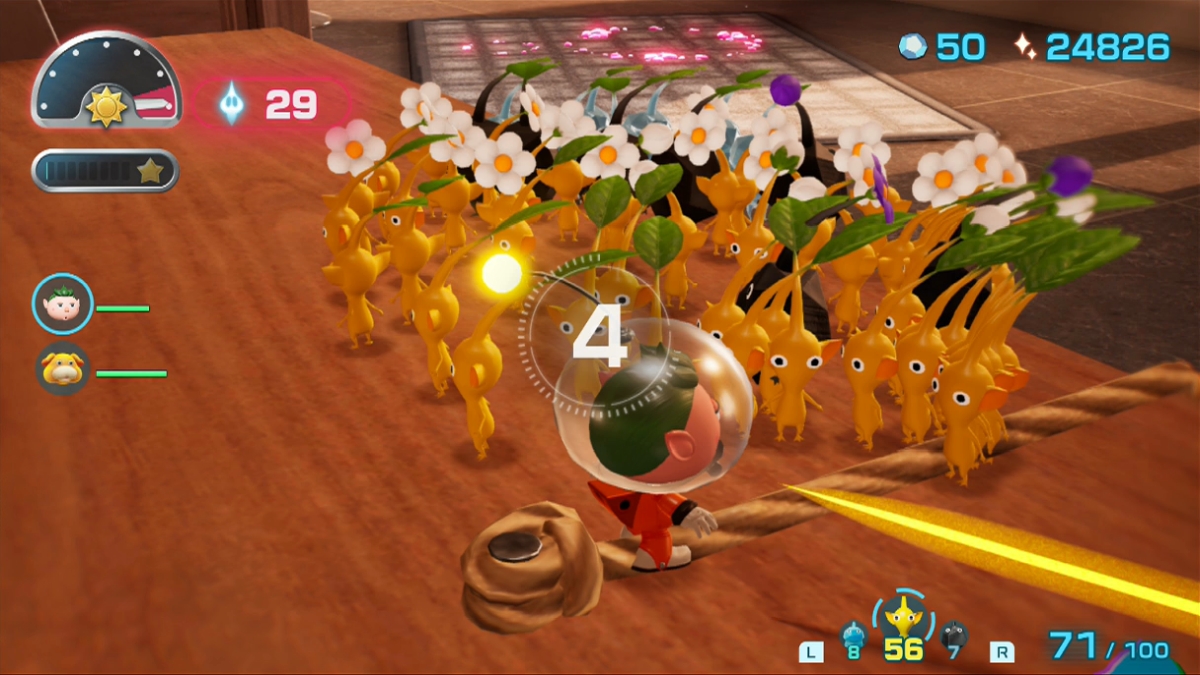
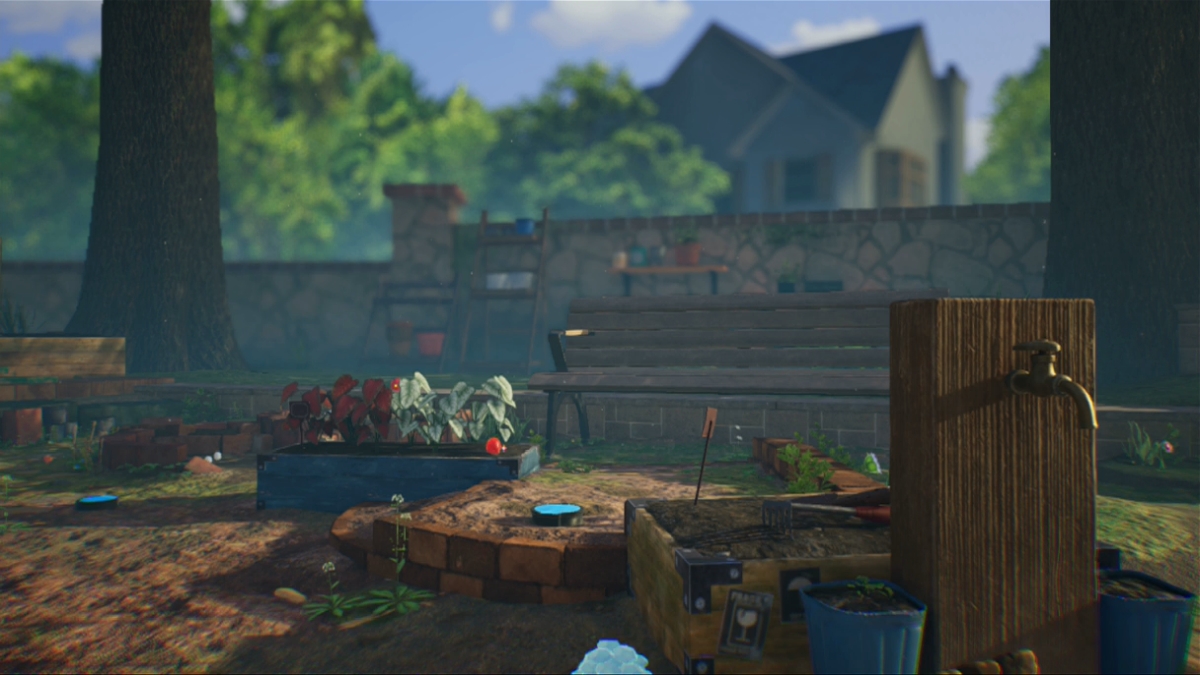
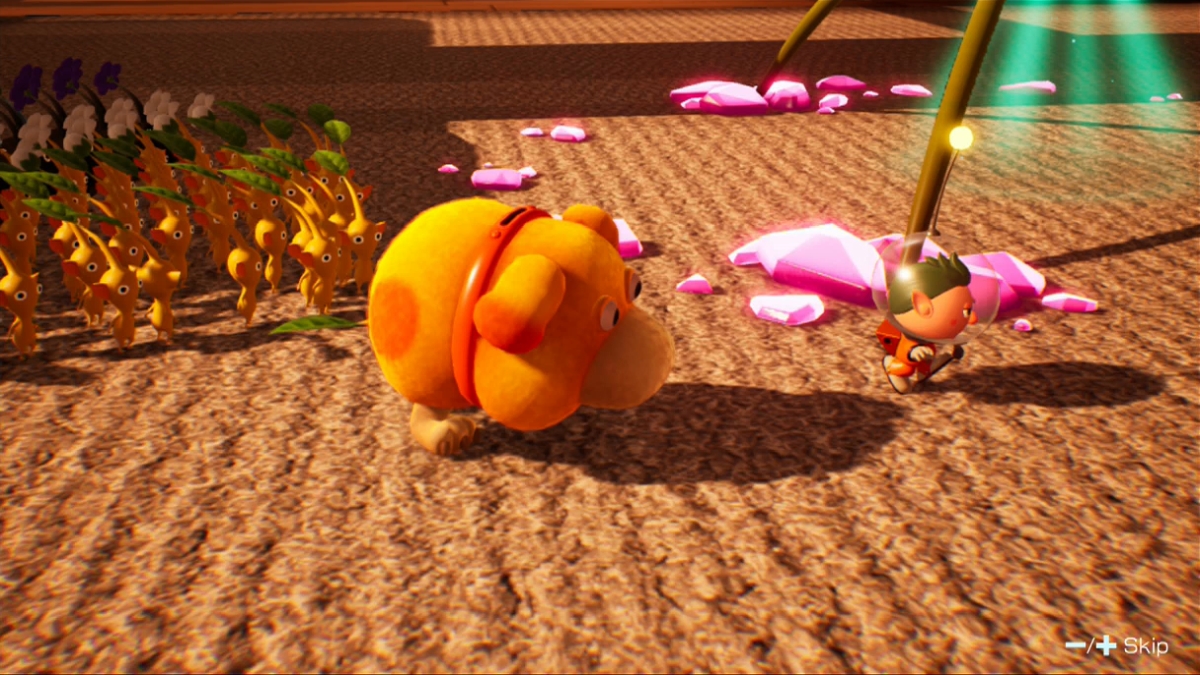
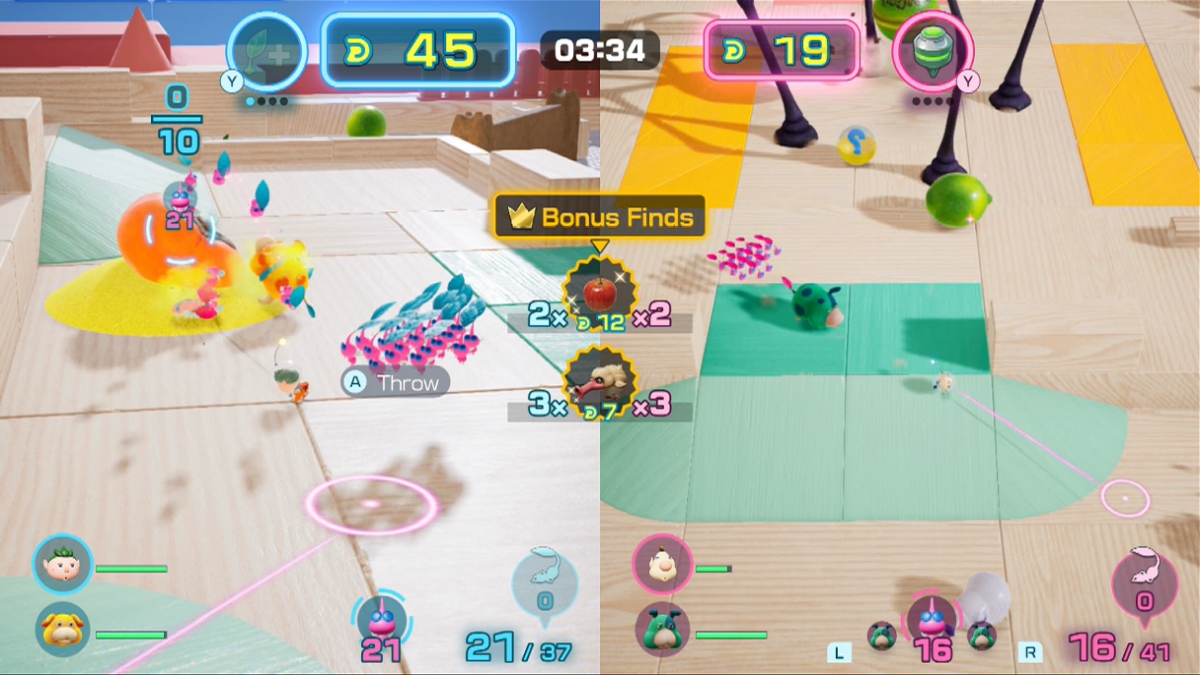
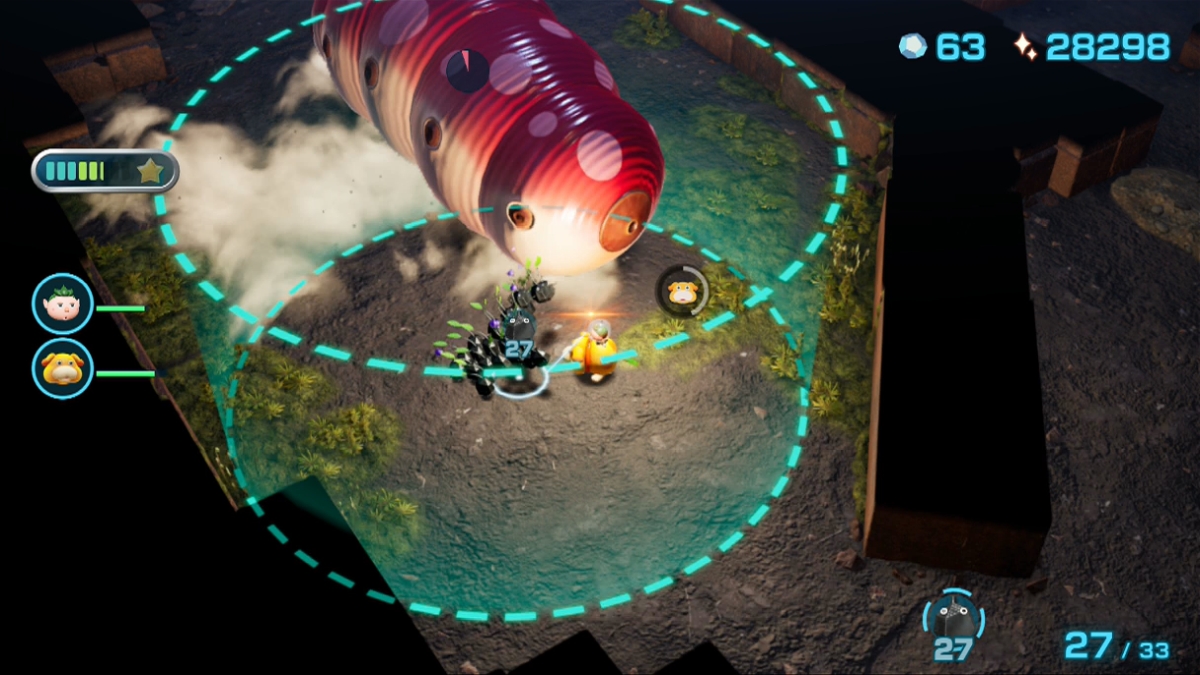






Published: Aug 8, 2023 04:19 pm